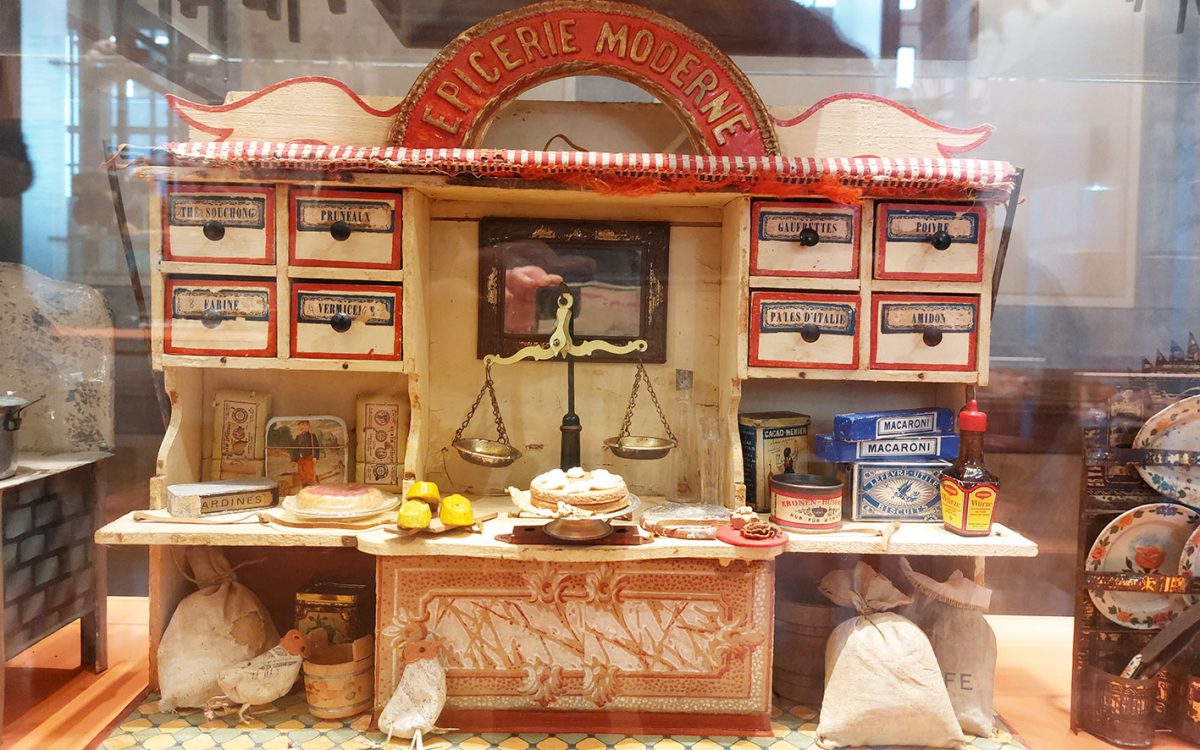I first visited the Benaki Toy Museum when it opened its doors in 2017 for two reasons: to share the experience with my son, then aged four, and to write about it for the book “111 Places in Athens That You Shouldn’t Miss” that I was coauthoring. I had chosen to include it in the book because it’s only one of two such museums in Greece, and its counterpart in Rhodes does not present nearly as extensive a collection, featuring only toys made from 1930 to 1990.
The Benaki Toy Museum displays toys dating from antiquity to the 1960s, all part of a 20,000-piece toy collection of objects from around the world, assembled by the late Maria Argydriadi, who died a year after the museum opened.
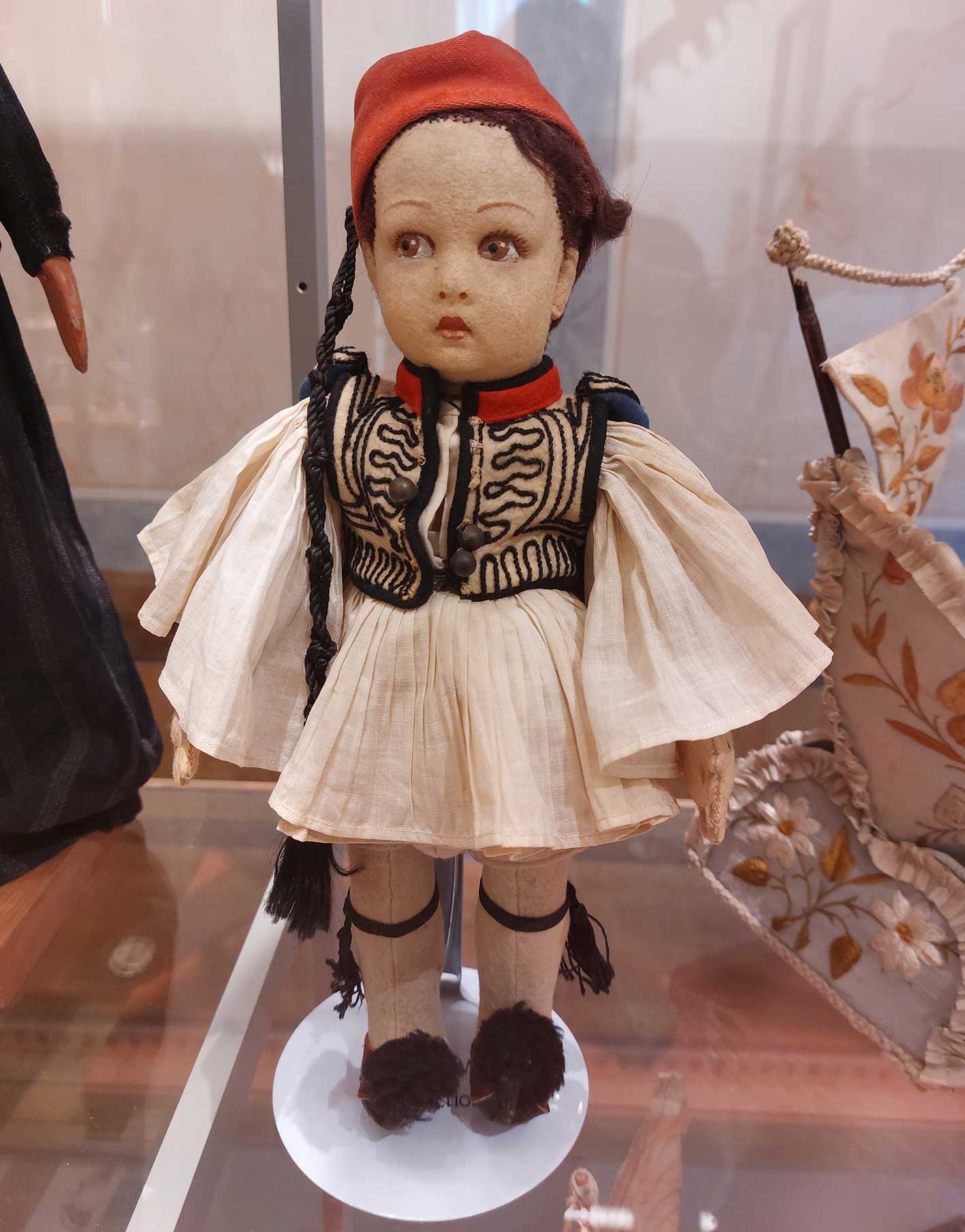
© Alexia Amvrazi
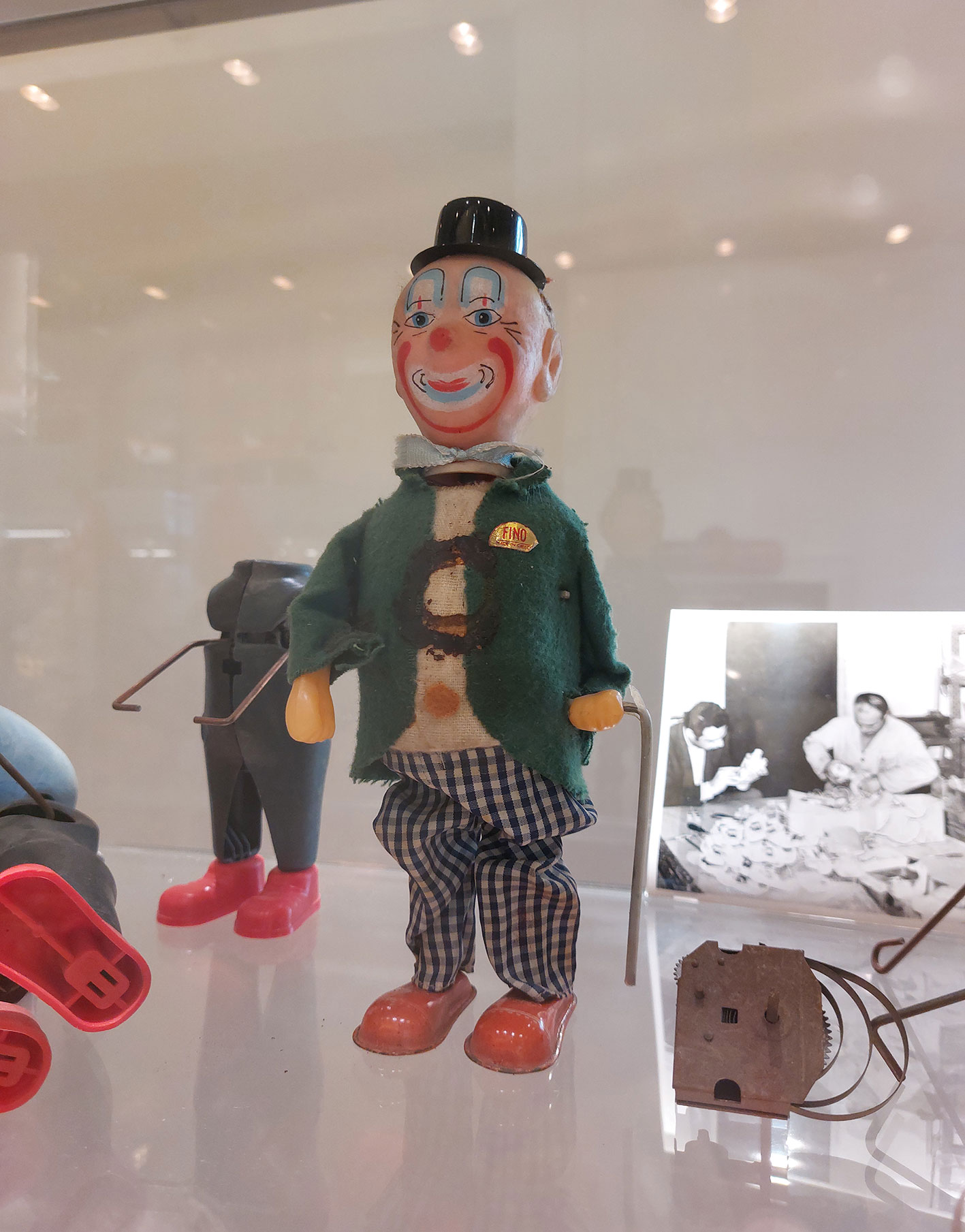
© Alexia Amvrazi
A visit to this museum is fascinating; it provokes realizations about the world and humanity at large, as well as about each of us as individuals. Firstly, it shows us the magic intensity of childhood, with all its innocence, freedom, boundless imagination and tireless playfulness. Displaying toys from around the planet, including places as far-flung as China, Africa, India, Europe, America and Japan, it reminds the visitor that play and all that goes with it, such as the bond children create with their toys, and the way toys can immerse them in a world for hours, days or years, are universal.
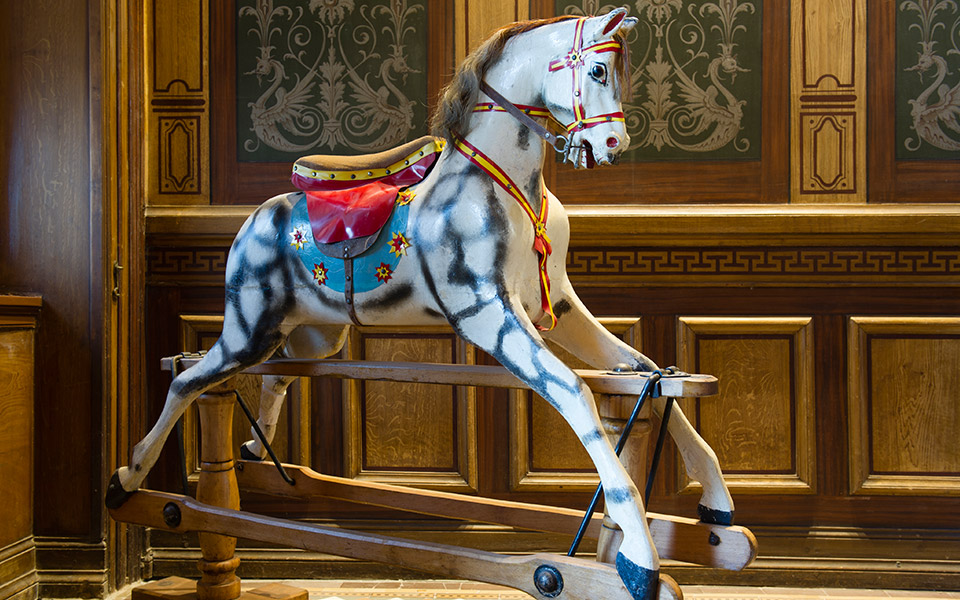
© Vangelis Zavos
Looking through glass cases at toys of every kind, from the simplest makeshift toys made on Greek islands out of thread and cloth to African bead dolls, ceramic dolls from ancient Rome and dolls in sophisticated designer dresses made from sumptuous materials, not to mention intricately crafted puppet-theater stages from Paris or exquisitely detailed European-made doll houses filled with miniature items, we are reminded that children love all toys. Perfect-looking or not, these objects are vehicles for play, which, in turn, is a vehicle for developing our minds and our sensibilities, our interests and both the way we spend our time and the way we interact with objects and with others who engage in this play with us. My visit made me think of the toys I played with as a child, what that said about me and my personality then, and how they helped shape who I am today.
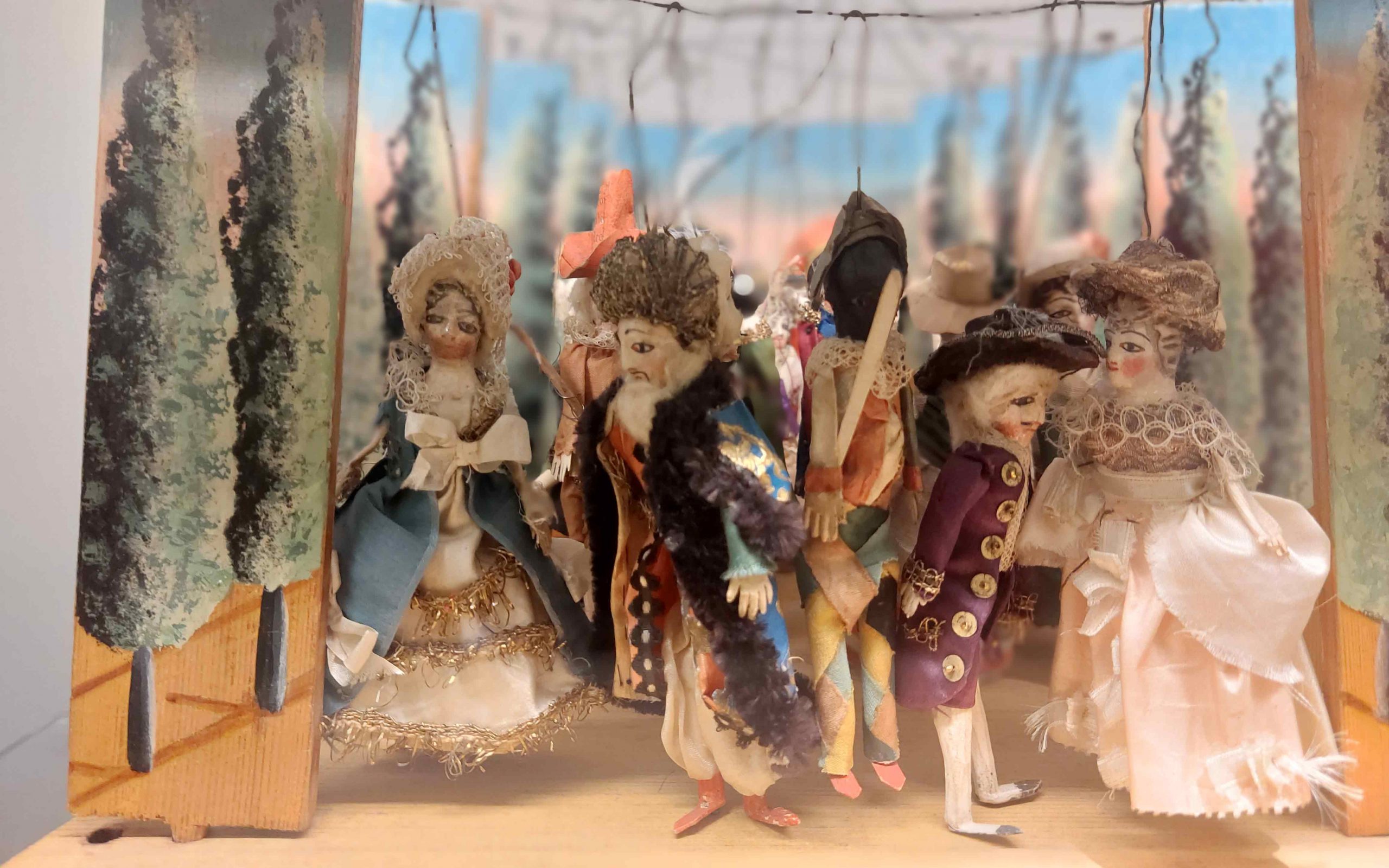
© Alexia Amvrazi
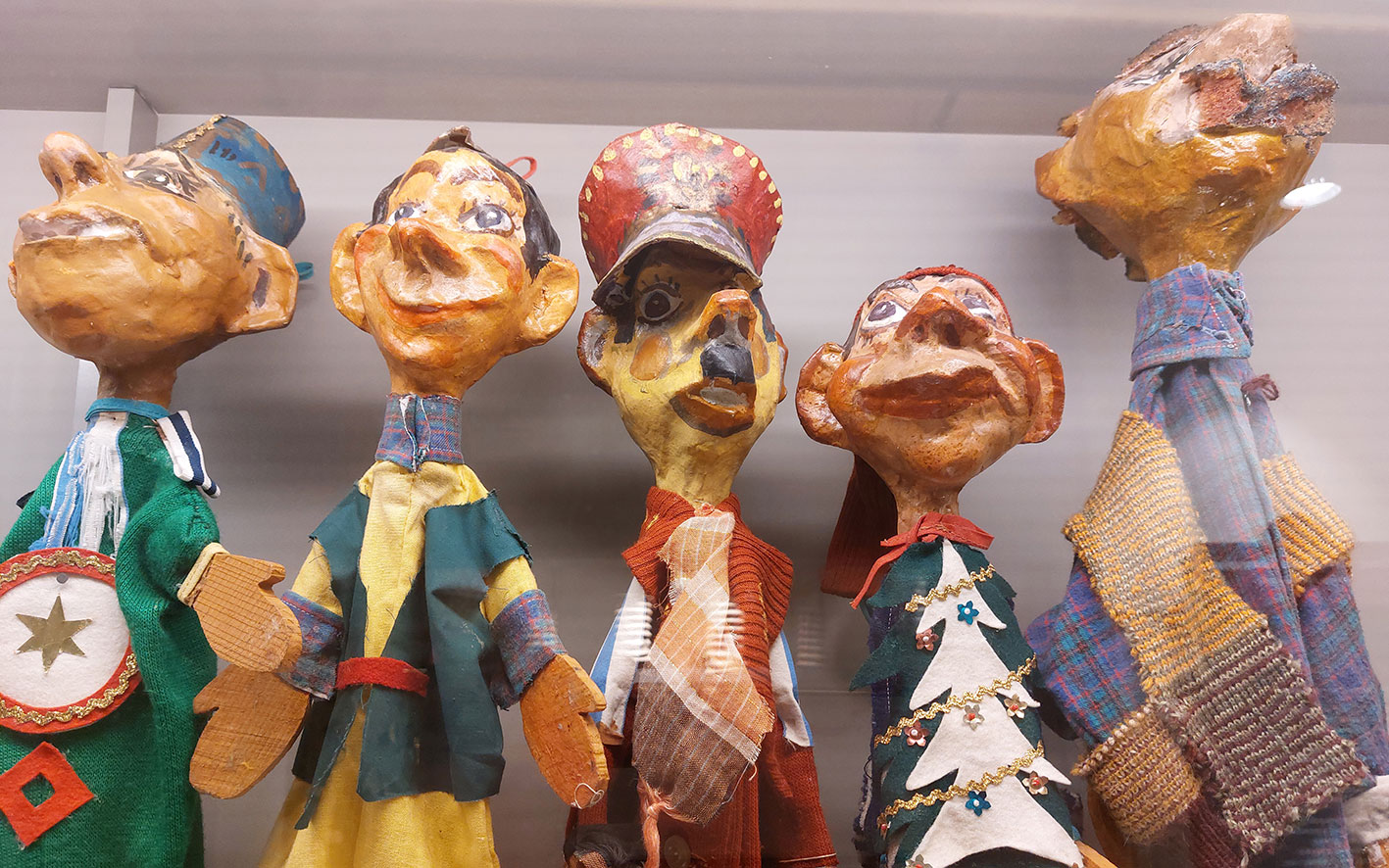
© Alexia Amvrazi
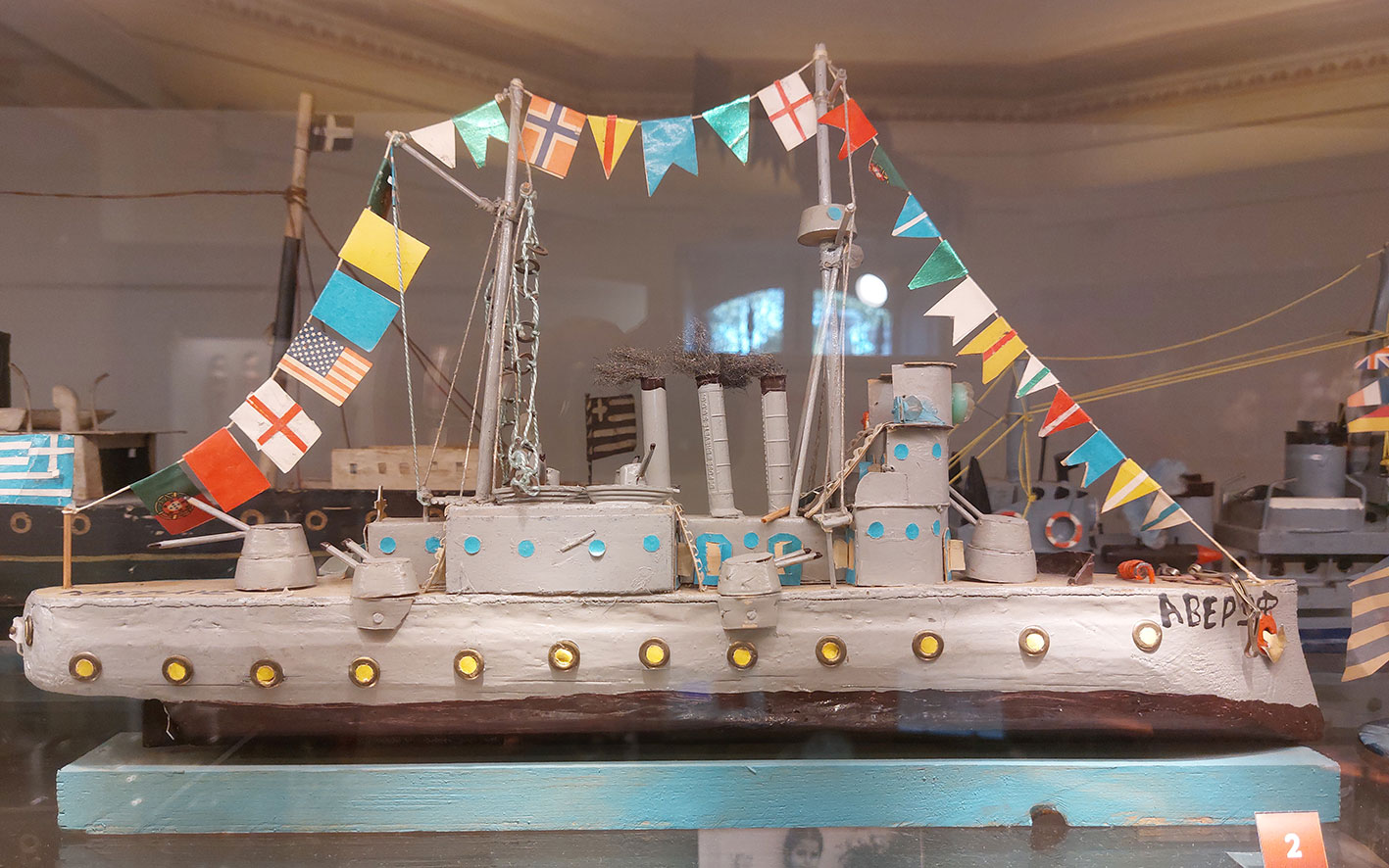
© Alexia Amvrazi
Bringing my son, now aged nine, back to the Benaki Toy Museum this year proved to be a highly rewarding experience for us both, as he can now appreciate things on a different level. He’s not just taken with the toy cars, fire engines, tanks, battleships, puppets and dioramas (such as that depicting a Greek classroom of the early 19th century), he’s also interested in hearing about where these objects are from, when they were created and why they were made in the first place. For example, finding out that the “Puppet Theater of the Resistance” was made by Nikos Akiloglou for clandestine village performances in the Greek mountains during WWII helped make our visit an adventure.
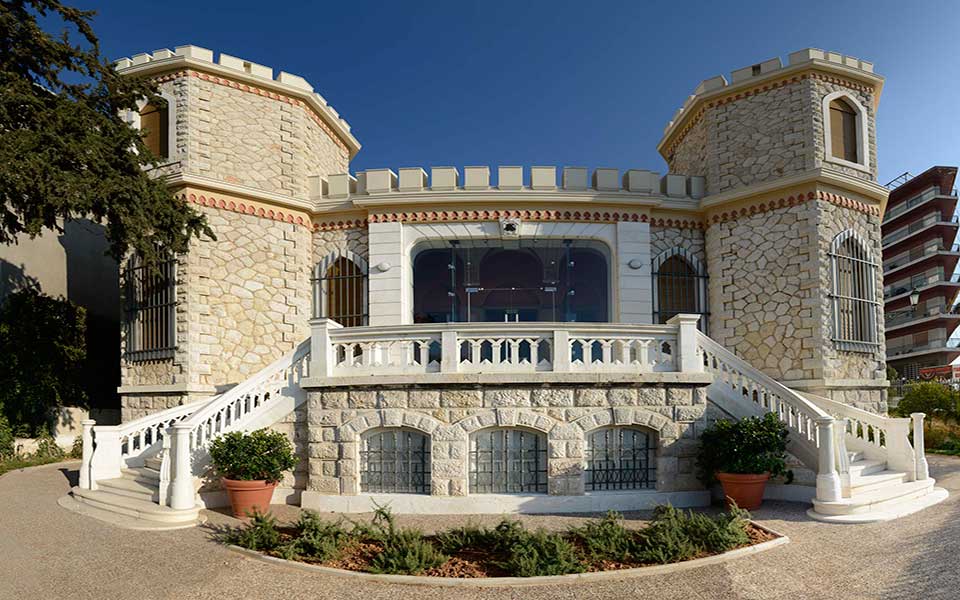
© Benaki Toy Museum
Another fascinating aspect of the Toy Museum is how its exhibits reflect, reveal and educate visitors on the history and culture of the world. What did scary clowns look like in the 17th century, as opposed to the 19th century? What about army generals? And little girls? What kinds of toys were children entertaining themselves with when bombs were flying during the world wars, or when kings, emperors or dictators were in power in their countries? How much, even on a subtle level, did the toys manufactured at that time, sometimes infused with the social and political reality of the time, end up influencing their owners?
Maria Argydriadi, talking about the collection she dedicated her life to putting together, said “The first surprise was when I discovered that toys and dolls reflect the everyday life of adults. There’s nothing that hasn’t been copied in a toy, even the guillotine of the French Revolution. Dollhouses, and toy buildings in general, imitate the architecture of the era in which they were constructed. The clothes on the dolls replicate the fashion of the time they were made, and the vehicles do, too. Even the small objects or the ‘food’ in the toy grocery stores speak of their time.”
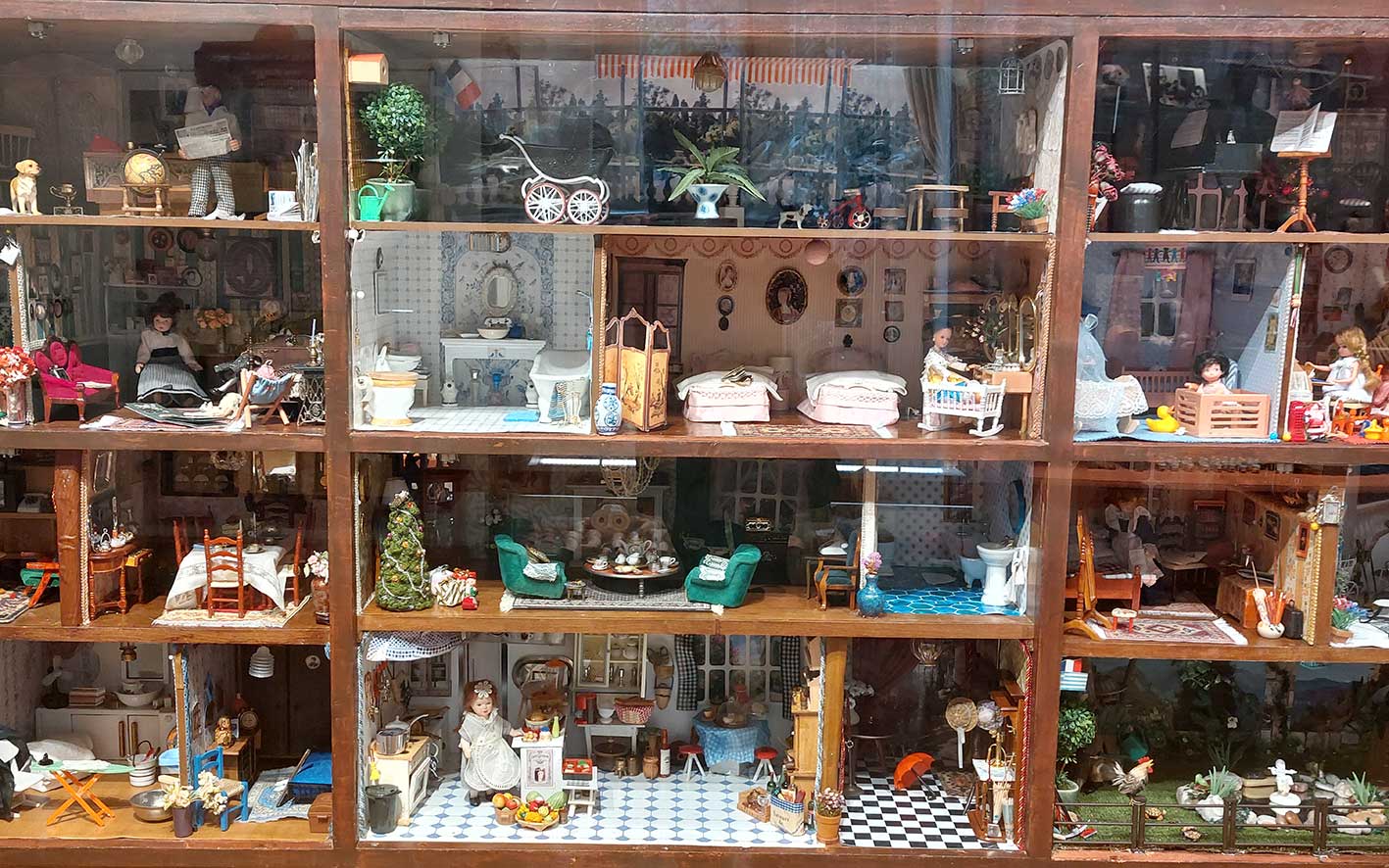
© Alexia Amvrazi

© Alexia Amvrazi
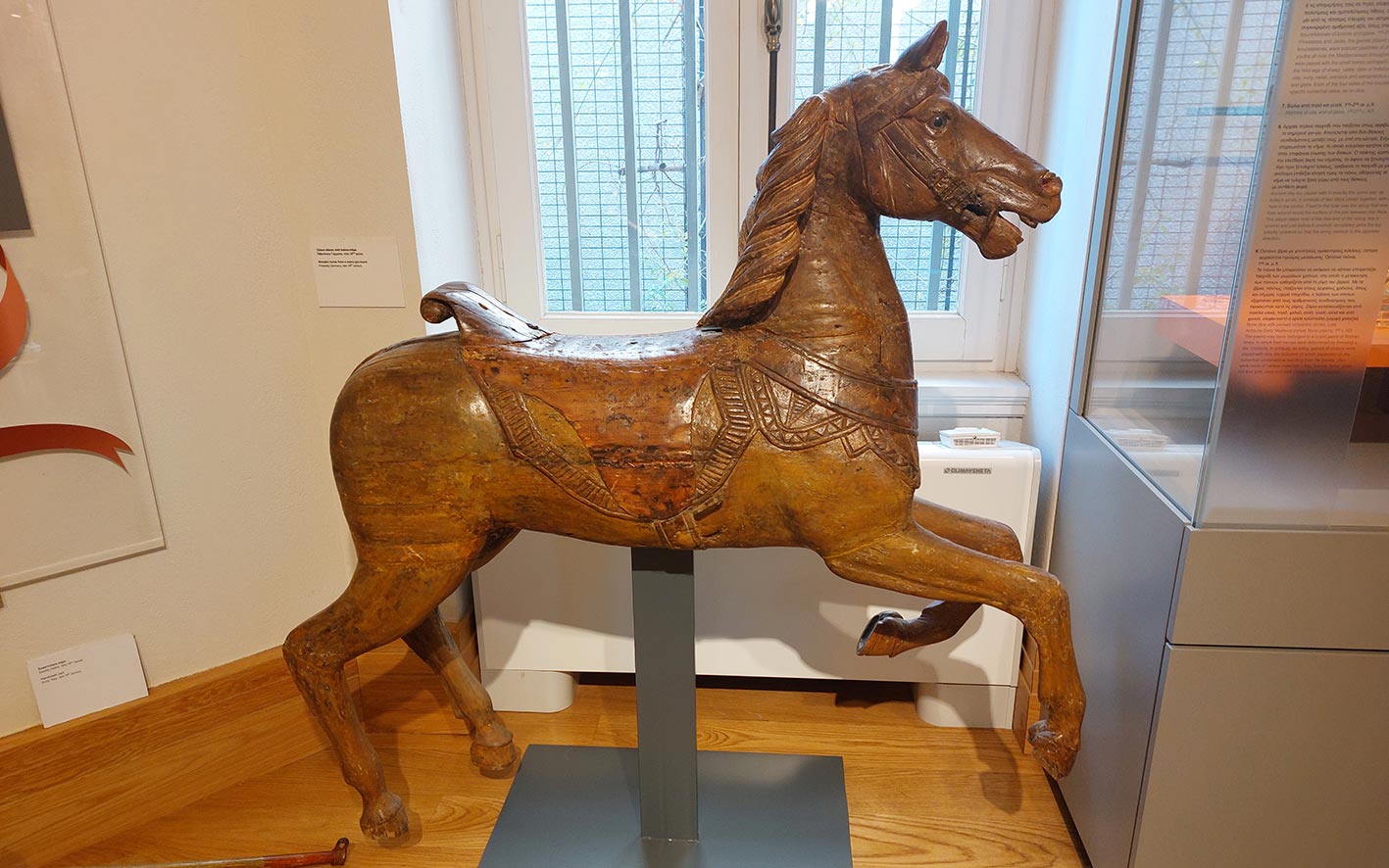
© Alexia Amvrazi
Spread out across two floors in a beautiful Gothic-Baroque building that looks like a fairytale castle, the museum offers not only a feast for the eyes but also nourishing food for thought. One can see the entire exhibition in under an hour or, as I did, even on my second visit, linger for a couple of hours. It’s worth spending the time to read the descriptions accompanying exhibits and to really take in the expression on the dolls’ faces, and to notice the colors and techniques used to paint them, and the immaculate detailed rendering.
In a day and age when toys are mainly mass-produced plastic factory-made products, almost completely lacking in the charm that comes from handmade, original and intelligently conceptualized designs, this museum is a reminder that everything is a product of its time, including us, but it’s also proof that the magnificence of creativity in us all, across the globe, regardless of what’s happening, always offers the potential for betterment.
Note: The museum is located near the Flisvos Park, where you can take kids to play, and also close to the Battleship Averof, which can be visited upon appointment, and of which, coincidentally, there are a few toy models on display at the museum.

